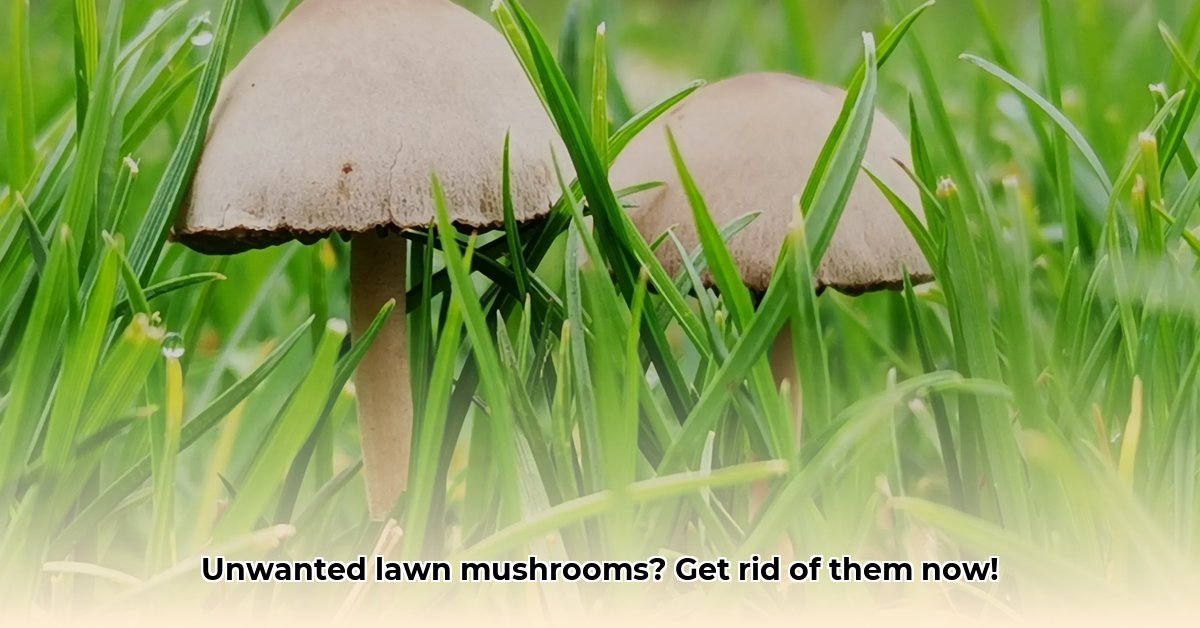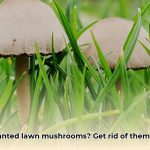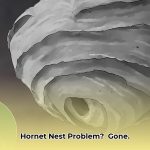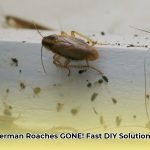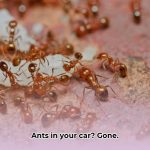Dealing with mushrooms sprouting up on your lawn? We understand the frustration. While they might not be the look you’re going for, mushrooms are often a sign of healthy, active soil. This guide will walk you through identifying common lawn mushrooms, determining if removal is necessary, and offering simple, effective solutions for both short-term removal and long-term prevention.
Decoding the Mushrooms in Your Yard
Those curious little fungi popping up aren’t just random guests. They’re the fruiting bodies of a vast underground network of fungal threads called mycelium. Mycelium plays a vital role in breaking down organic matter, enriching your soil, and contributing to a healthy lawn ecosystem. So, while a mushroom infestation can signal an underlying issue, in many cases, it’s a sign your soil is teeming with life.
Identifying Your Fungal Neighbors
Before tackling removal, it’s helpful to know what you’re dealing with. While becoming a mushroom expert (a mycologist) isn’t necessary, familiarizing yourself with common lawn mushrooms can help you assess potential toxicity. Take pictures, compare them to online resources, or consult a local agricultural extension office for expert identification.
Important: Never eat a wild mushroom unless it’s positively identified as edible by an expert. If you suspect someone (especially a child or pet) has ingested a poisonous mushroom, contact poison control immediately.
Here are a few common lawn mushrooms:
| Mushroom Type | Appearance | Potential Toxicity | Notes |
|---|---|---|---|
| Fairy Ring | Small, tan, often in circles | Generally low | Creates those mysterious rings in lawns. |
| Honey Mushroom | Yellow-brown, clustered on wood (e.g., tree stumps) | Toxic | Can harm trees. Monitor if found on/near wood. |
| Puffball | Round, white to brown, various sizes | Varies, best avoided | Some edible when young and white inside, but avoidance is recommended. |
| Shaggy Mane | Tall, shaggy, white to black | Edible (when young) | Decomposes quickly, often inky black within hours. |
More resources for mushroom identification: Your Local Cooperative Extension Office
Should You Remove Mushrooms From Your Lawn?
This is the million-dollar question, and the answer isn’t always a simple yes or no. Here’s a decision guide to help:
Are children or pets frequently in the area? Yes –> Remove. No –> Proceed to next question.
Is there a large number of mushrooms? Yes –> Consider Removal. No –> Proceed to next question.
Can you positively identify the mushrooms as non-toxic? No –> Remove. Yes –> Coexistence may be acceptable.
Quick Removal Methods
For small infestations or non-toxic mushrooms, these methods offer quick solutions:
1. Hand-Picking:
* Wear gloves.
* Gently pull the entire mushroom, including the base.
* Dispose of mushrooms in a sealed bag (don’t compost).
2. Mowing:
* Mow as usual.
* Bag clippings to prevent spore dispersal. This may not prevent regrowth.
DIY Solutions for Stubborn Fungi
These home remedies can offer additional control:
1. Baking Soda Spray:
* Mix 1 tablespoon baking soda with 1 gallon of water.
* Spray liberally on affected areas.
2. Soapy Water Solution:
* Mix 1 tablespoon dish soap with 1 gallon of water.
* Poke holes around the mushroom caps.
* Drench the mushrooms and surrounding soil.
3. Vinegar Solution (Use with Caution):
* Mix equal parts water and white vinegar. Wear eye protection.
* Test on a small area first to avoid grass damage.
* Carefully apply directly to mushrooms, avoiding grass as much as possible.
Safety Note: Always wear gloves when handling these solutions.
Preventing Future Outbreaks: Addressing the Root Causes
Long-term mushroom control requires addressing why they’re thriving in your lawn.
1. Moisture Control:
- Aeration: Creates small holes in the soil to improve drainage and airflow. (Image: Aerator)
- Dethatching: Removes the layer of dead grass (thatch) that traps moisture. (Image: Dethatcher)
- Watering: Water deeply and less frequently to encourage deep root growth and reduce surface moisture.
2. Sunlight:
- Thin out tree branches and shrubs to allow more sunlight to reach your lawn. (Image: Tree Trimming)
3. Organic Matter Removal:
- Rake leaves, twigs, and other debris.
- Compost organic matter.
4. Fertilizer:
- Applying nitrogen-rich fertilizer can help decompose organic matter. Follow product instructions for application rates and timing.
Advanced Tips & Considerations
- Specific Mushroom Types & Soil Conditions: Different mushroom species might suggest certain soil imbalances (e.g., high acidity, excess nitrogen). A soil test can provide valuable insights.
- Beneficial Fungi: Not all fungi are bad! Some are essential for healthy soil. Researching Mycorrhizal fungi and other beneficial species can deepen your understanding of a balanced lawn ecosystem.
- Integrated Pest Management (IPM): IPM strategies focus on creating a healthy environment that naturally minimizes pest problems, including fungal outbreaks.
Frequently Asked Questions
- Are lawn mushrooms harmful to pets? Some are, some aren’t. If unsure, assume they’re toxic and keep pets away.
- Should I hire a lawn care service? Professionals can help with aeration, dethatching, and other preventative measures.
- How can I test my soil? Home test kits are available, or you can send a sample to a soil testing laboratory.
Conclusion: Enjoy Your Healthy Lawn
Dealing with mushrooms might seem daunting, but with the right approach, you can create a vibrant, healthy lawn that is less susceptible to fungal growth. Remember, mushrooms are a natural part of the ecosystem. By addressing the underlying conditions, you’re fostering a balanced environment that supports healthy growth and minimizes unwanted fungi.
- How to Get Rid of Mushrooms in Your Lawn: A Complete Guide - April 24, 2025
- How to Get Rid of Ground Hornets: A Safe and Effective Guide to Eliminating Nests - April 24, 2025
- How to Get Rid of German Roaches Fast: DIY Methods for Quick Control - April 24, 2025
